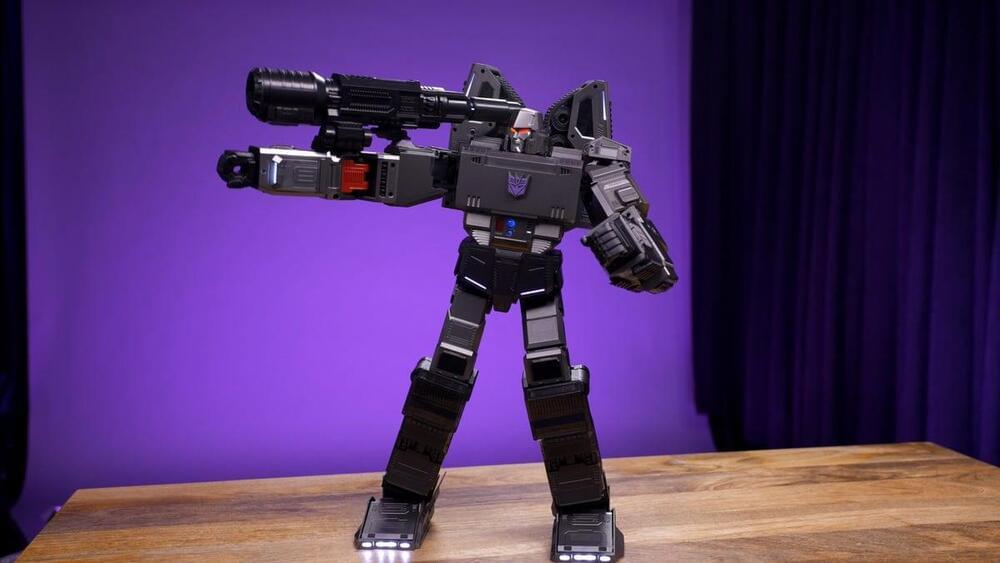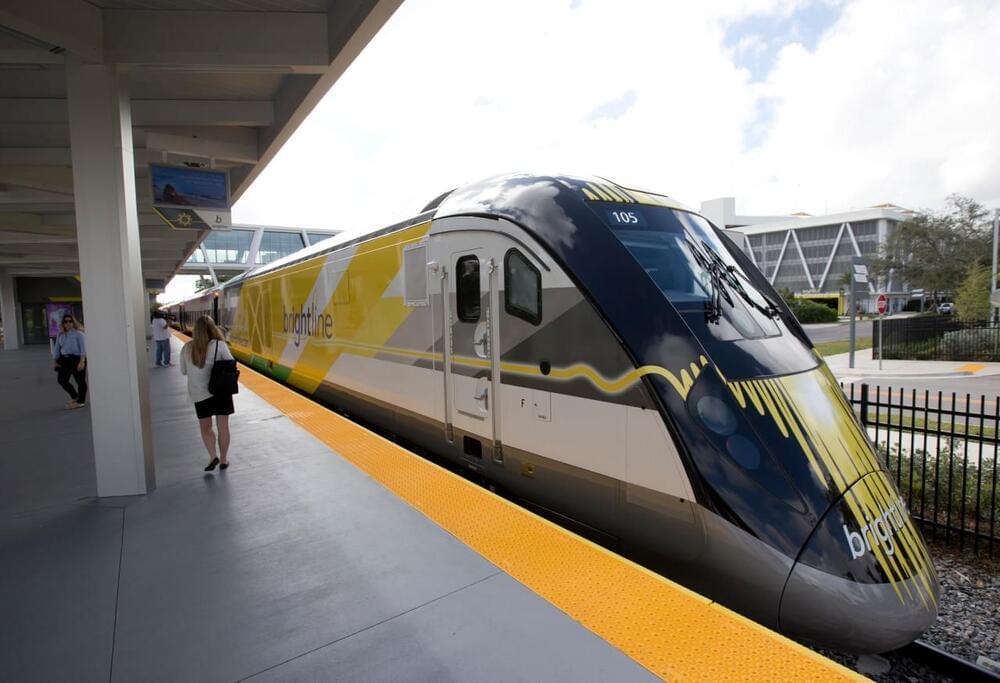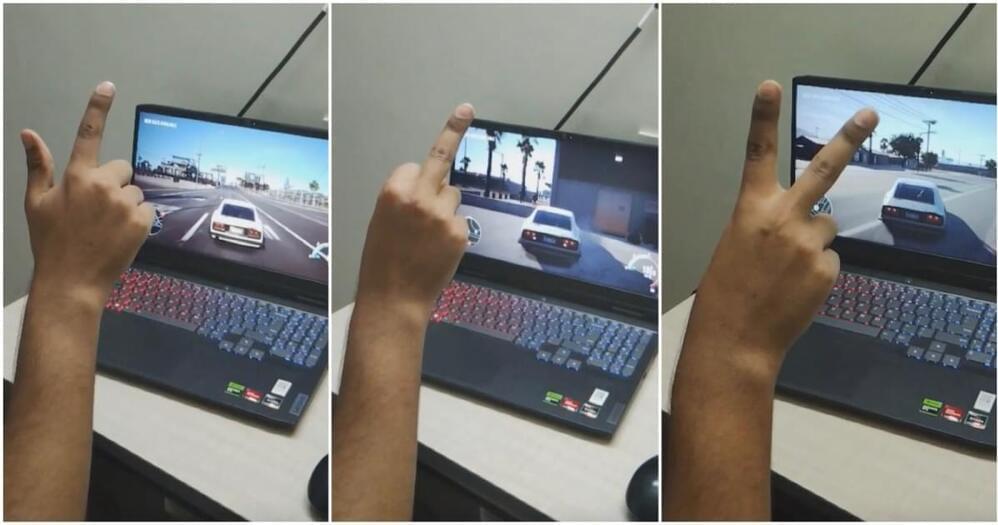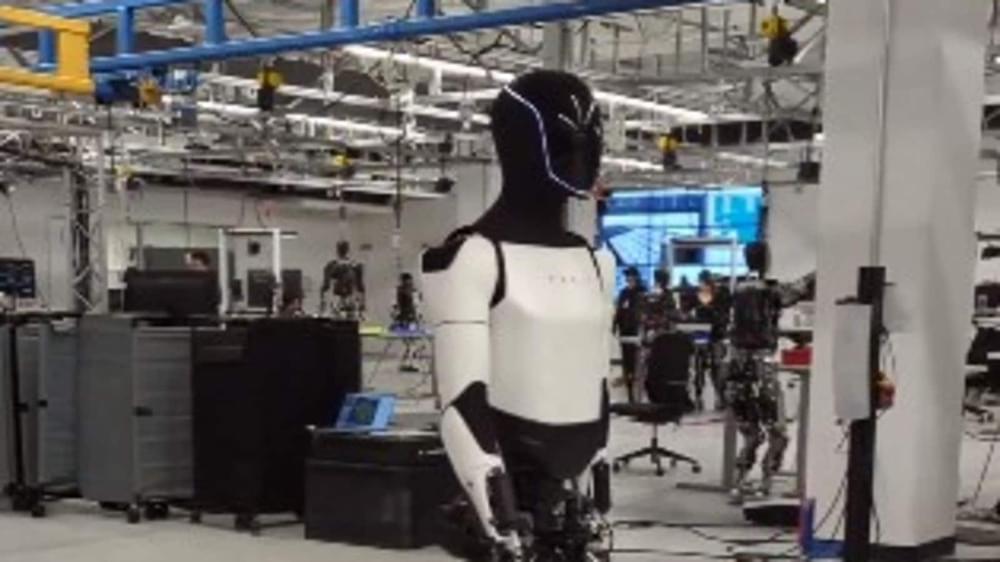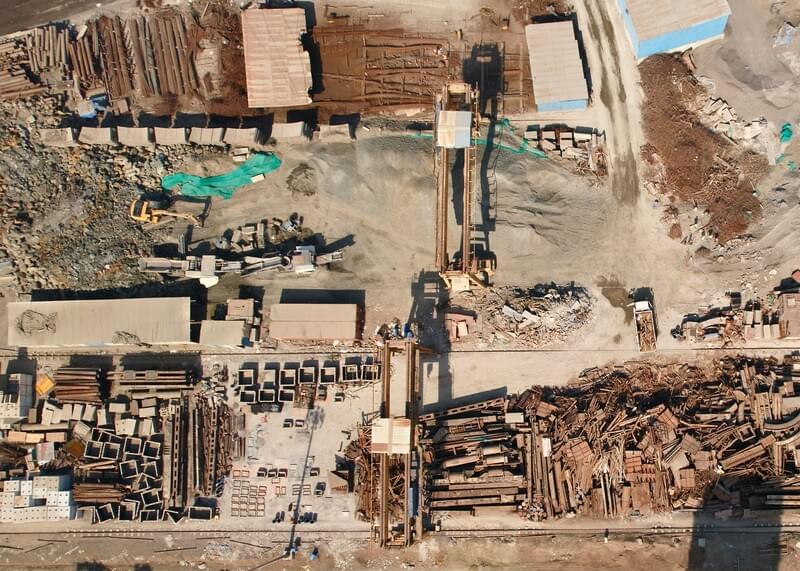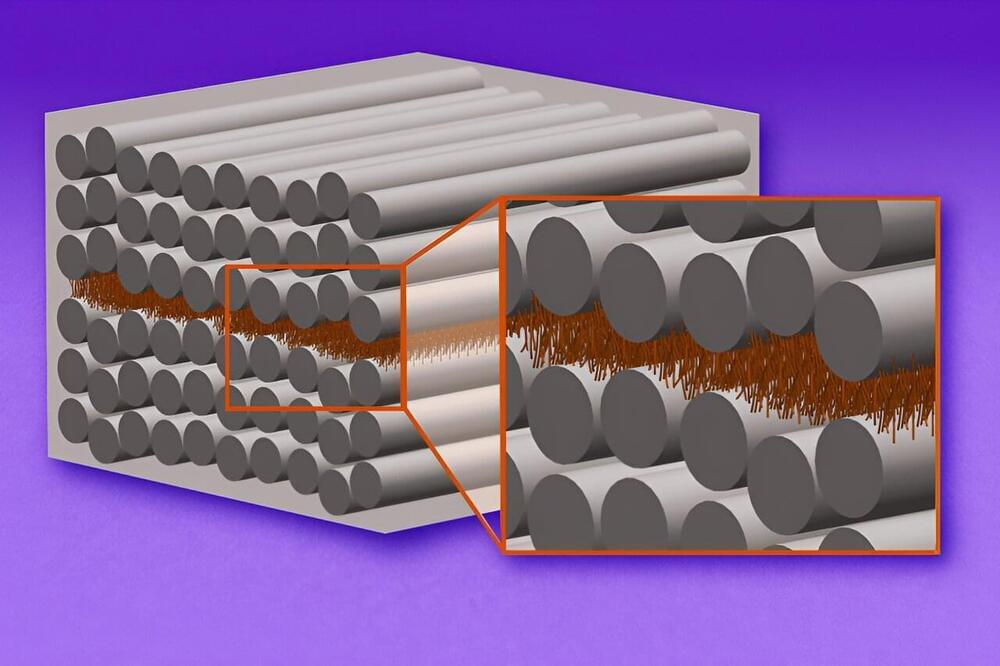The OpenAI Startup Fund, a venture fund related to — but technically separate from — OpenAI that invests in early-stage, typically AI-related companies across education, law and the sciences, has quietly closed a $15 million tranche.
According to a filing with the U.S. Securities and Exchange Commission, two unnamed investors contributed the $15 million in new cash on or around April 19. The paperwork was submitted on April 25, and mentions Ian Hathaway, the OpenAI Startup Fund’s manager and sole partner.
The capital was transferred to a legal entity called a special purpose vehicle, or SPV, associated with the OpenAI Startup Fund: OpenAI Startup Fund SPV II, L.P.

